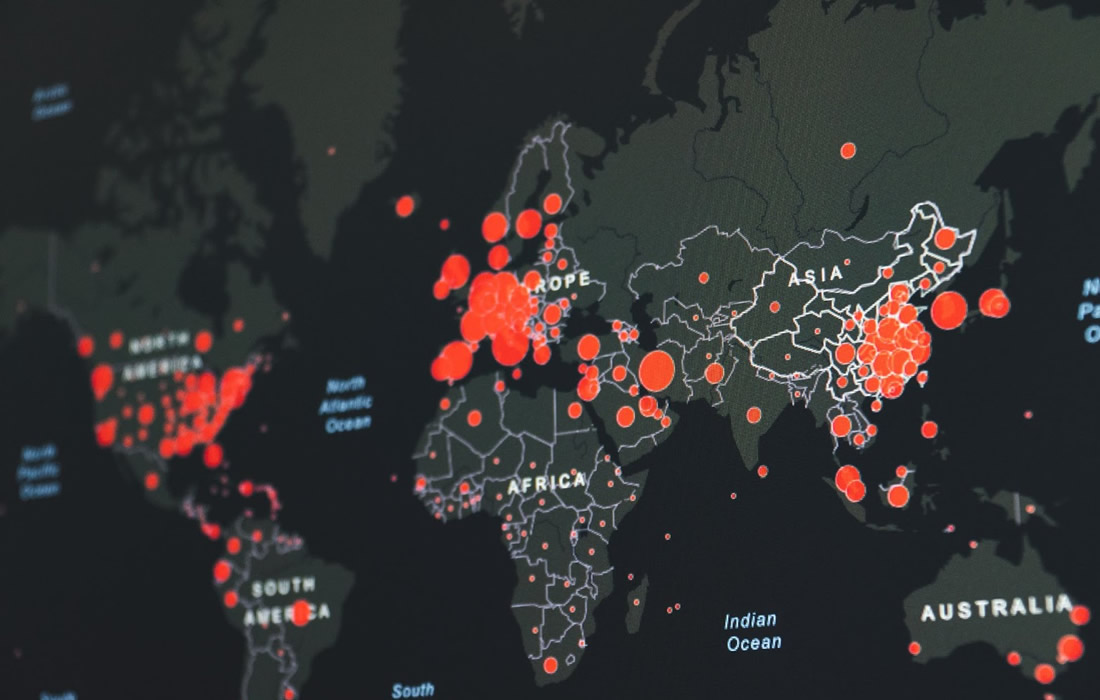COVID-19
Immunity to COVID-19 Reduces Contagiousness, Study Finds
Immunity — the body’s ability to defend itself against pathogens, here SARS-CoV2 — can be conferred by vaccination, infection or a combination of the two. The vaccine acts in two ways on the spread of the virus. It prevents people from contracting the virus, but also, in the event of infection, from spreading to those around you.
”Our aim was to assess the secondary attack rate of SARS-CoV2, i.e. the proportion of infected people among the contacts of a sick person, to see the effect of immunity on transmission, and to identify how this effect is divided between reduced contagiousness and protection against infection”, explains Delphine Courvoisier, epidemiologist at the HUG Healthcare Quality Department, who directed this work.
Data on more than 50,000 cases and 110,000 contacts recorded in the Canton of Geneva between June 2020 and March 2022 were analyzed.
On average, a person infected just over three out of ten of their contacts, mainly within the family unit, and up to four out of ten with Omicron. However, immunity drastically reduces the number of infected contacts, mainly by protecting against infection, and to a lesser extent by reducing the infectivity of diseased individuals. What’s more, these results confirm what had already been observed: immunity following an infection has a stronger effect on transmission of the virus than the vaccine, both in terms of reducing contagiousness and the risk of contamination. However, the effect wears off within a few months in all cases.
”However, the risks associated with infection are significant, particularly for frail people. We also know that there are cumulative risks associated with multiple infections, particularly cardiac, or neurological risks,” says Delphine Courvoisier. In addition, analysis of the Geneva data shows that age, sex, socio-economic status and obesity have little impact. Nor did combining vaccination and infection confer greater immunity.
For the time being, while vaccines are still useful in limiting contagiousness, particularly for carers and the very elderly and/or frail, they cannot be the only public health measure in the event of a new wave. ”This is why relatively simple and inexpensive public health measures such as air filtration, ventilation of homes, offices and classrooms, and the wearing of masks should be considered if we want to effectively reduce the spread of SarS-Cov-2,” conclude the authors.
Sources:
Denis Mongin, Nils Bürgisser, Gustavo Laurie, Guillaume Schimmel, Diem-Lan Vu, Stephane Cullati, Lucienne Da Silva Mora, Lena Després, Rachel Dudouit, Béatrice Hirsch, Barbara Müller, Charlotte Roux, Géraldine Duc, Caroline Zahnd, Adriana Uribe Caparros, Jean-Luc Falcone, Nuno M. Silva, Thomas Goeury, Christophe Charpilloz, Silas Adamou, Pauline Brindel, Roberta Petrucci, Andrea Allgöwer, Abdel Kadjangaba, Christopher Abo Loha, Emilie Macher, Marc Vassant, Nadia Donnat, Philippe Pittet, Dominique Joubert, Samia Carballido, Ariane Germain, Sophie Bontemps, Elisabeth Delaporte, Camille Genecand, Aliki Metsini, Valérie Creac’h, Virginie Calatraba, Laura Flüeli, Hippolyte Piccard, Dan Lebowitz, Aglaé Tardin, Simon Regard, Delphine Sophie Courvoisier. Effect of SARS-CoV-2 prior infection and mRNA vaccination on contagiousness and susceptibility to infection. Nature Communications, 2023; 14 (1) DOI: 10.1038/s41467-023-41109-9
Université de Genève. “Immunity to COVID-19 reduces contagiousness, study finds.” ScienceDaily. ScienceDaily, 12 September 2023. <www.sciencedaily.com/releases/2023/09/230912110145.htm>.
Materials provided by Université de Genève. Note: Content may be edited for style and length.
Images from:
Photo by Martin Sanchez
https://unsplash.com/photos/j2c7yf223Mk

